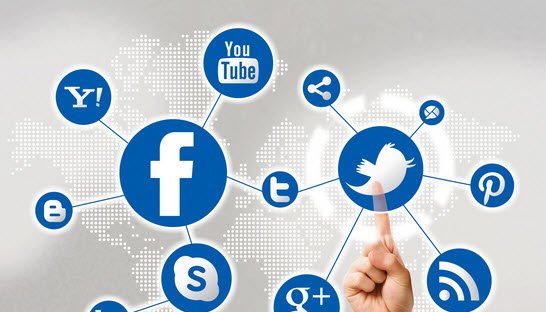One of the internal barriers with which the Digital Managers of a company when developing their work is the belief that Social Media is a communication tool that does not affect the increase in sales or provide a direct return.
 However, the latest statistics belie, increasingly, this approach and ending this eternal debate:
However, the latest statistics belie, increasingly, this approach and ending this eternal debate:
- 72% of Marketing Managers who have been experiencing social media for 3 or more years claim to have experienced a visible increase in turnover thanks to social networks, the greater the more time elapsed
- 20% of consumers are willing to buy directly through a social network.
- 90% of consumers trust the recommendations of friends and acquaintances. 34% of Twitter users and 22% of Facebook publish opinions about products at least once a week.
- 60% of network users are willing to publish about services and products on Facebook in exchange for a promotion, discount or lottery.
- 97% of users of social networks search the network for information about brands and products. 60% do it specifically on social networks.
- 40% of Twitter users regularly search for product information in this microblogging network. 12% say they have bought products later thanks to this information.
- 91% of social media managers account for an increase in traffic to their websites through social media. A 79% also detects an improvement in the quality of references to your page. That is, brands with a strong presence in social media attract significantly more traffic from these channels to their company page and also see improve the positioning of it.
- An example: Burberry went from registering 1.9% of traffic to its website from Facebook in 2010 to 29% in 2011.
- It is estimated that 167 million people will make online purchases during this year. The frequency of these and the volume of average expenditure increase rapidly.
What else does Social Media benefit you?
- Loyalty and return of the client. It not only establishes a closer and daily relationship with the brand, but if their problems and needs are solved, their satisfaction increases.
- Lower cost compared to traditional marketing media. The cost per lead of online marketing actions is 62% lower. In addition, it allows you to test a large number of strategies.
- Creation of awareness of brand and long-term fans, especially among the generation that has grown up with the internet and in which 5-10 years will be the clients on whose shoulders the bulk of the expense falls.
- It is a leveler for small businesses. By requiring less investment, it allows them to be more competitive with large companies. This expense is completely scalable as the benefits are observed.
- Discover the needs of your target. The analysis of the opinions on your services and products constitutes a great market study of opinions without directing, that provides insights on threats and opportunities for your business and the improvement of services and products.
- Accelerates word of mouth, which is based between 20 and 50% of purchase decisions.
- Facilitates and lowers the costs of customer service.
- It is essential when it comes to achieving a good positioning of your website.
- Online fans of a brand are much more likely to buy in their physical store. It also increases the percentage in the case of friends of the fans. It is believed that because frequent contact increases the receptivity of both to the brand’s messages.
How to do it
- Do not try to force the advertising message, in the style of a traditional campaign. The client of the social networks is in them to socialize, entertain and look for information that is useful to him. Publish content that has a value for the client and resolves their needs and problems at least 90-80% of the time.
- Post few promotions but interesting.
- However, you can create a separate specific profile for your promotions. For example, a twitter exclusively with your offers and discounts and publicize it in your general profile. The clients that follow it will be the ones really interested in it.
- Ultra segment and limit the target of your messages as much as possible, social networks provide you with more tools than ever for it. Direct each content specifically to your interest group.
- It is not about accumulating fans, but about involving them.
- Measure, monitor and correct. Use tools of metrics tools like Google Analytics to study what percentage of visits to your page is directly attributable to social networks and what networks, content or actions produce more impact among your followers. Create statistics Reorient and correct the strategy according to the results. Use online conversation monitoring tools to detect brand and product insights and market trends.